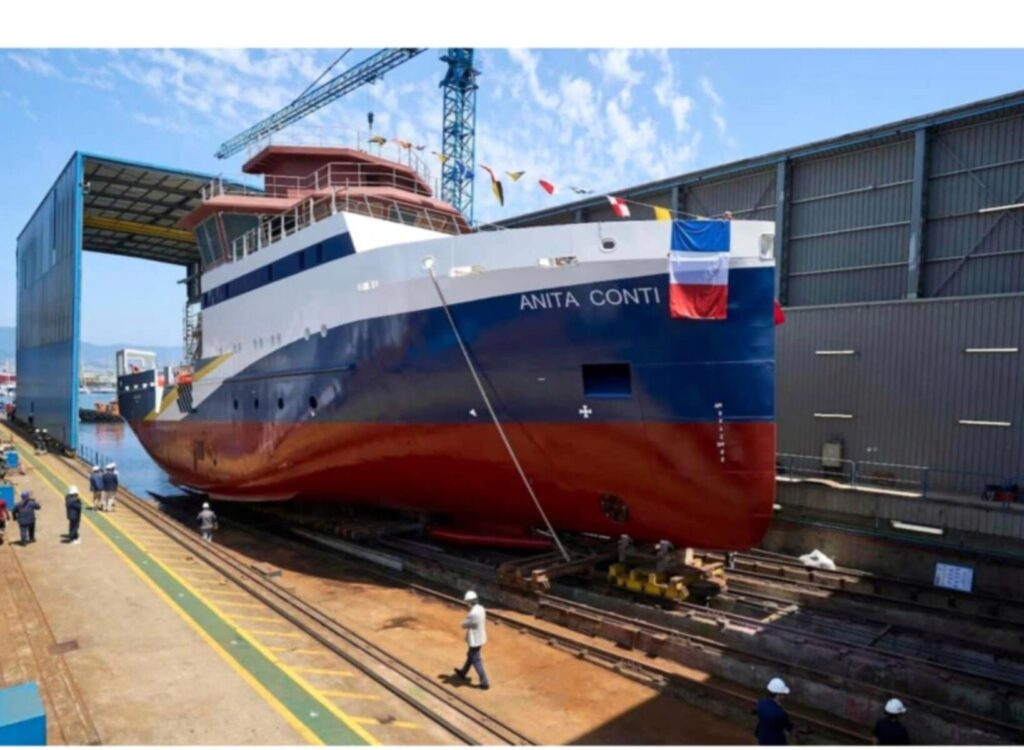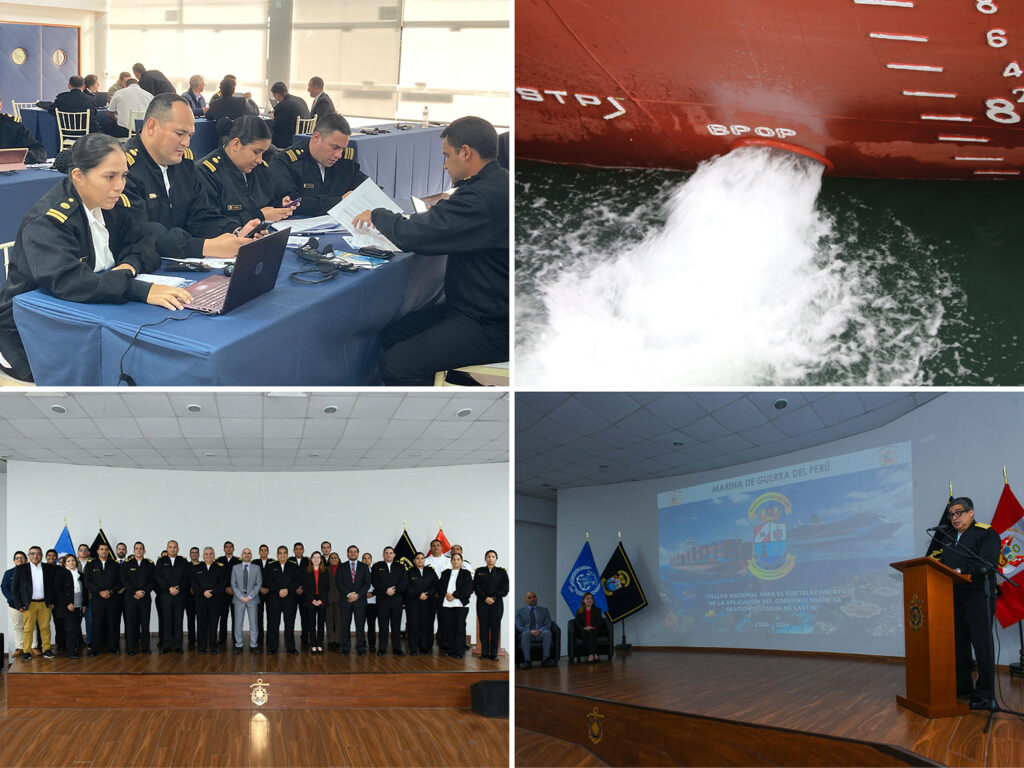Freire Shipyard celebrated the launch of the new research vessel built for the French oceanographic fleet operated for the National Science Community by the French national Institute of Ocean Sciences (IFREMER). The oceanographic vessel was named Anita Conti in honour of France’s first woman oceanographer, as a tribute to her pioneering legacy in the exploration and study of the sea.
Designed the Anita Conti
Designed to replace the vessel Thalia, the Anita Conti will fully integrate the French Oceanographic Fleet in 2026. It will be capable of operating advanced underwater vehicles such as AsterX, IdefX, UlyX and Ariane.
Environmentally friendly scientific fleet

“The Anita Conti represents a decisive step towards a more modern, multipurpose and environmentally friendly scientific fleet, reinforcing our operational capabilities”, said Olivier Lefort, Director of the French Oceanographic Fleet.
An international benchmark in the construction of oceanographic vessels
“The construction of this vessel consolidates Freire Shipyard as an international benchmark in the construction of oceanographic vessels. We are proud to collaborate with IFREMER on a project that meets the highest scientific and environmental standards,” said Marcos and Guillermo Freire, general managers of the shipyard.Hybrid propulsion and advanced energy efficiency on this vessel fitted with the latest scientific equipment

The French-flagged oceanographic vessel
The French-flagged oceanographic vessel will have an overall length of 45.00 meters and a beam of 11.50 meters. It will be designed to carry out research missions in coastal areas in mainland French waters (Bay of Biscay, Channel) but may also be deployed in certain years on the coast of Africa and in the Antilles and French West Indies-Guyana zone. It will house a crew of 12 people and 10 scientists.
The Anita Conti stands out for the wide range of energy-saving technologies and low-consumption solutions implemented: from the design of the hull, the design of the electrical plant, the energy distribution system, the heat recovery system, the level of thermal insulation to the efficiency of the air conditioning.
The diesel-electric propulsion system will be composed of three variable-speed, biodiesel-compatible generator sets feeding two shaft lines driven by electric motors and a direct current (DC) electrical distribution system.
This set, together with a battery pack, will enable very good energy efficiency, optimisation of consumption, operational redundancy and compliance with acoustic requirements according to BV COMF 2 class notation and DNV SILENT-F standard. The dynamic positioning system and the electric bow thruster improve the vessel’s manoeuvrability.

Equipped with a gondola
Anita Conti will be equipped with a gondola under the hull housing all the acoustic transducers that will enable it to explore and map the seabed and water column. It also has laboratories and a scientific PC.
For scientific fishing operations
The vessel will have an oceanographic marine telescopic main crane at the stern for marine use for launching and retrieval of scientific equipment and general manoeuvring at the stern of the vessel. In addition, it will have an A-type stern gantry, a T-type side gantry. For scientific fishing operations, this vessel will also have two trawling winches and a removable net drum.
Related : Oceanographic vessel runs aground on Elba Island (VIDEO)
Source : Press – Release received by Maritime Tickers




